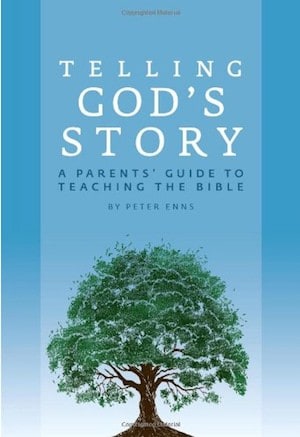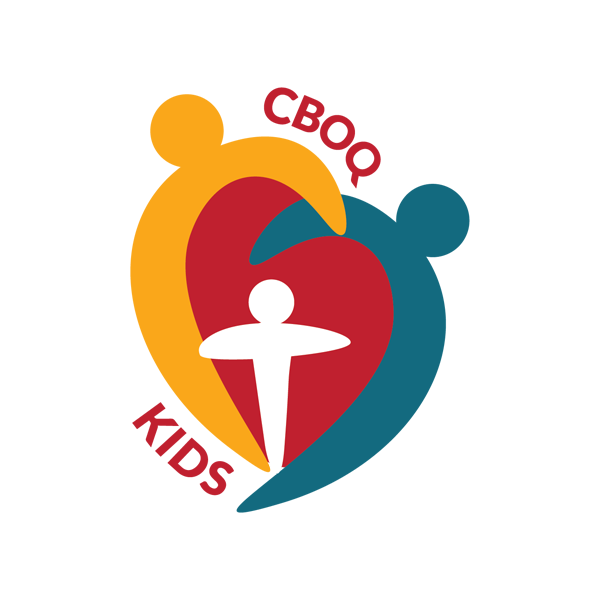
Book Review
“The goal of this approach is not simply for you or your children to understand the Bible. Any teaching of Scripture to children must have a much more practical and deeper purpose: to encourage children to become mature, knowledgeable, and humble followers of Jesus, growing in the faith.” (p.12)
How do we, as pastors and ministry leaders equip parents to teach their kids the Bible? This is a question I have been reflecting on for several months. Peter Enns’ book Telling God’s Story: A Parents’ Guide to Teaching the Bible is one resource to consider. This book, while it refers to an entire 12 year curriculum resource that could be used by parents and/or churches can be given as a stand alone book and in this review I will focus only on this particular book.
Enns’ proposes an approach to teaching the Bible that is completely different from typical sunday school/VBS curriculums. He suggests that most ways of teaching the Bible to children take either the “Bible Story” approach, whereby you begin in Genesis and move through the major stories throughout the Old and New Testament; the “Character Study” approach, whereby you draw out life lessons by looking at the lives of important biblical characters; or the “Defending the Bible” approach, whereby Scripture is taught in such a way as to defend specific parts of Scripture or interpretations. The authour suggests that none of these approaches are bad and certainly have their place, but he suggests this is not the best way to approach teaching the Bible with kids. Alternatively he argues that we focus solely on Jesus in teaching kids from grades 1-4. Then we get into an overview of the rest of the Bible in grades 5-8. Finally, in grades 9-12 we get into some of the problems and issues with the Bible story.
In chapter 1 of Enns’ he addresses the question of why the Bible is such a difficult book to teach and in it he gives an analogy from his own life of a teenager of his with a messy room full of clothes all over the floor. The response of the teenager for the mess is that there is no good place for organizing. In response he immediately purchases a closet organizer for that teenager. While this did not perfectly solve the issue of disorganization in the room it did help significantly. He goes on to say that this book is an attempt to do what the organizer did: not perfectly solve every issue but help the reader get a better handle on the Bible and its message.
The rest of the book is divided into 2 parts. In the first part of his book, chapters 2-5, Enns’ addresses what the Bible is (and isn’t), his approach to teaching the Bible to elementary, middle grades and high school and traditional approaches–including the drawbacks and misunderstandings in those approaches. Part 2 covers an introduction to a narrative pattern of the Bible which parents may find helpful for gaining a better understanding of the overall arc of Scripture.
This book is not very extensive and is written in a direct and concise way that may appeal to busy parents in particular! It provides some practical tips and suggestions. I really appreciate the tone of the book which is very supportive, encouraging and empowering for any parent to realize that they can in fact intentionally teach the Bible to their kids. One critique I have of this book is it begins with children in grade 1 (roughly age 6) and does not at all address those early years, of which I think are significant and formational in how the Bible is approached. Regardless, I do think this is a book worth reading and considering in how your equip parents to teach the Bible to their kids. I wonder what your thoughts are on the approach Enns’ proposes? Email me and let’s have a conversation.

+ There are no comments
Add yours